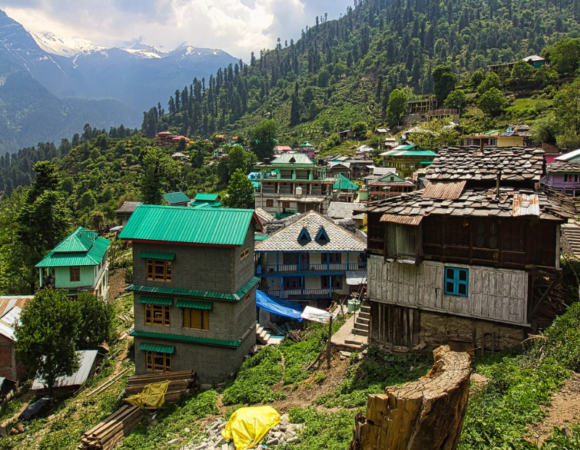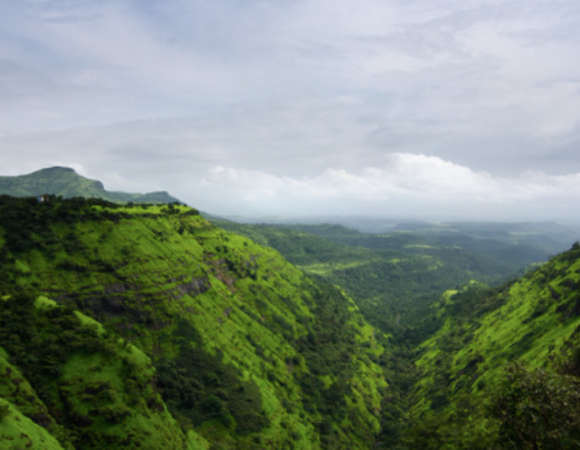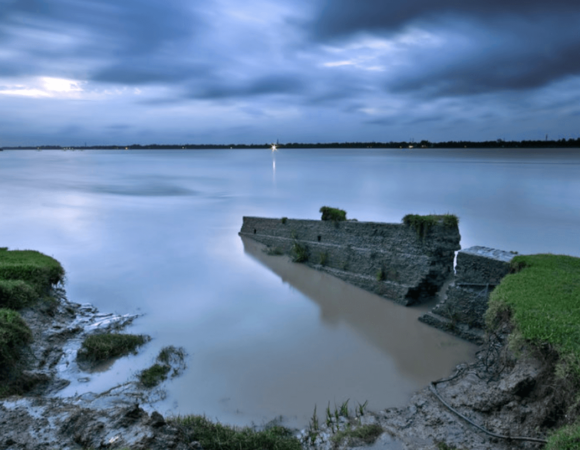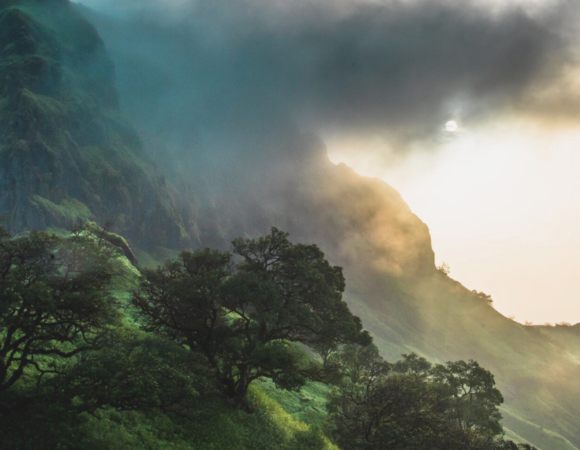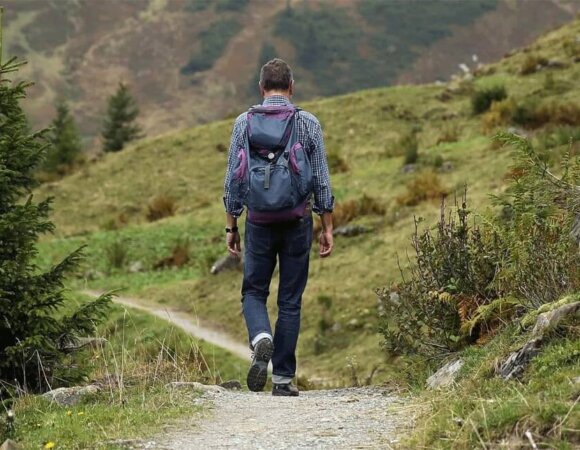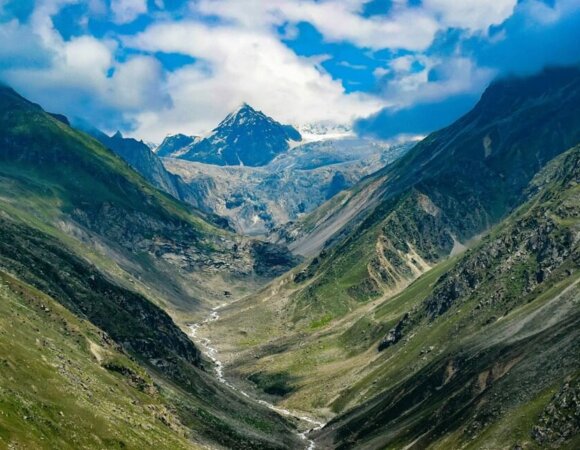Sunburn and UV Exposure at High Altitudes: What You Need to Know to Stay Safe
Sunburn and UV exposure at high altitudes present unique dangers for travelers and outdoor enthusiasts. Learn how to protect yourself, manage sunburn symptoms, and understand why mountain environments require special sun protection strategies.
Table of Contents
ToggleUnderstanding the Elevated Risk
When you venture into high-altitude environments, your skin faces a significantly greater risk of damage from the sun. Sunburn and UV exposure at high altitudes is a serious concern that many travelers overlook. At elevations above 5,000 feet, the atmosphere thins considerably. This thinner air filters less ultraviolet (UV) radiation from the sun.
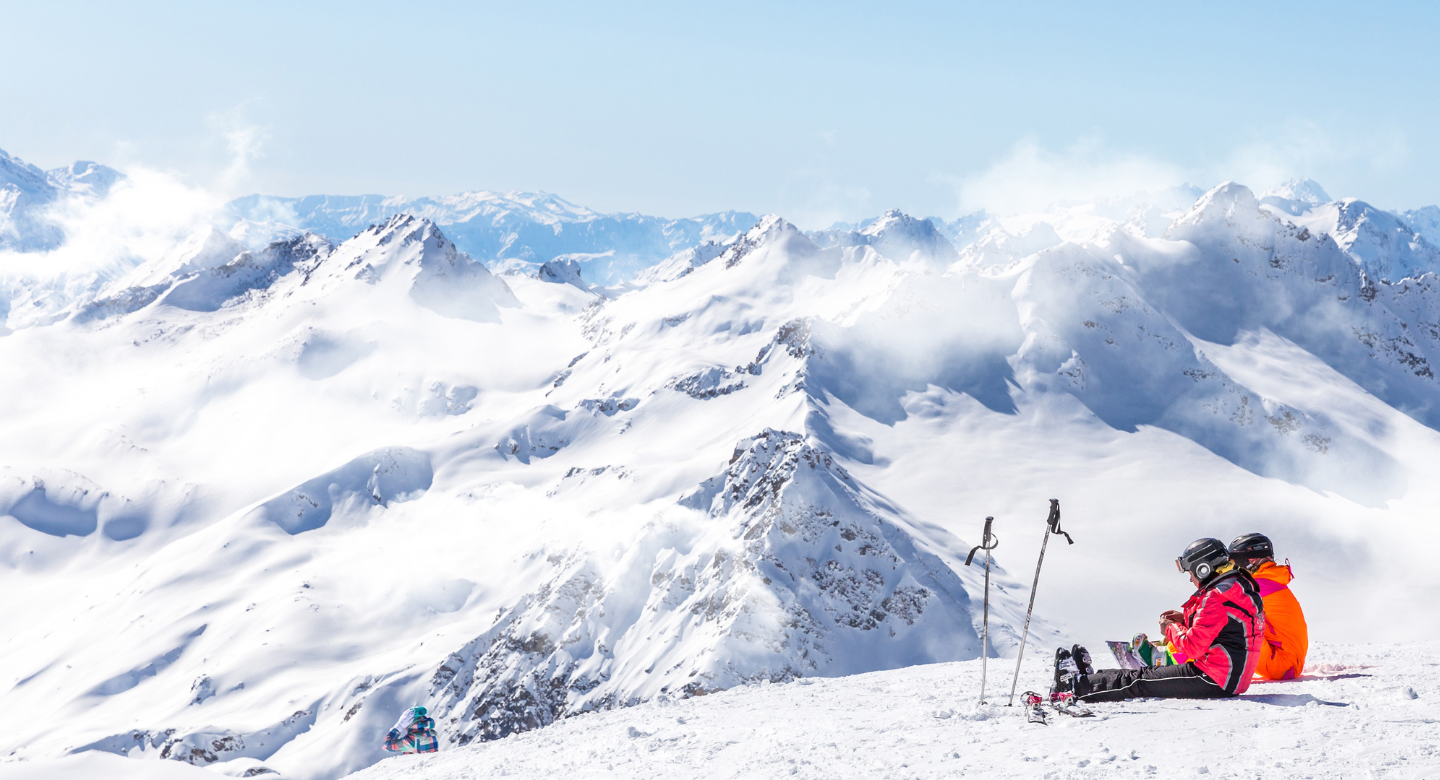
For every 1,000 feet of elevation gain, UV exposure increases by approximately 4-5%. This means at 10,000 feet (common for many ski resorts and hiking destinations), you’re exposed to nearly 50% more UV radiation than at sea level. This dramatic increase explains why mountain enthusiasts often experience severe sunburns seemingly out of nowhere.
Why High Altitudes Amplify UV Exposure
Several factors contribute to intensified sunburn and UV exposure at high altitudes:
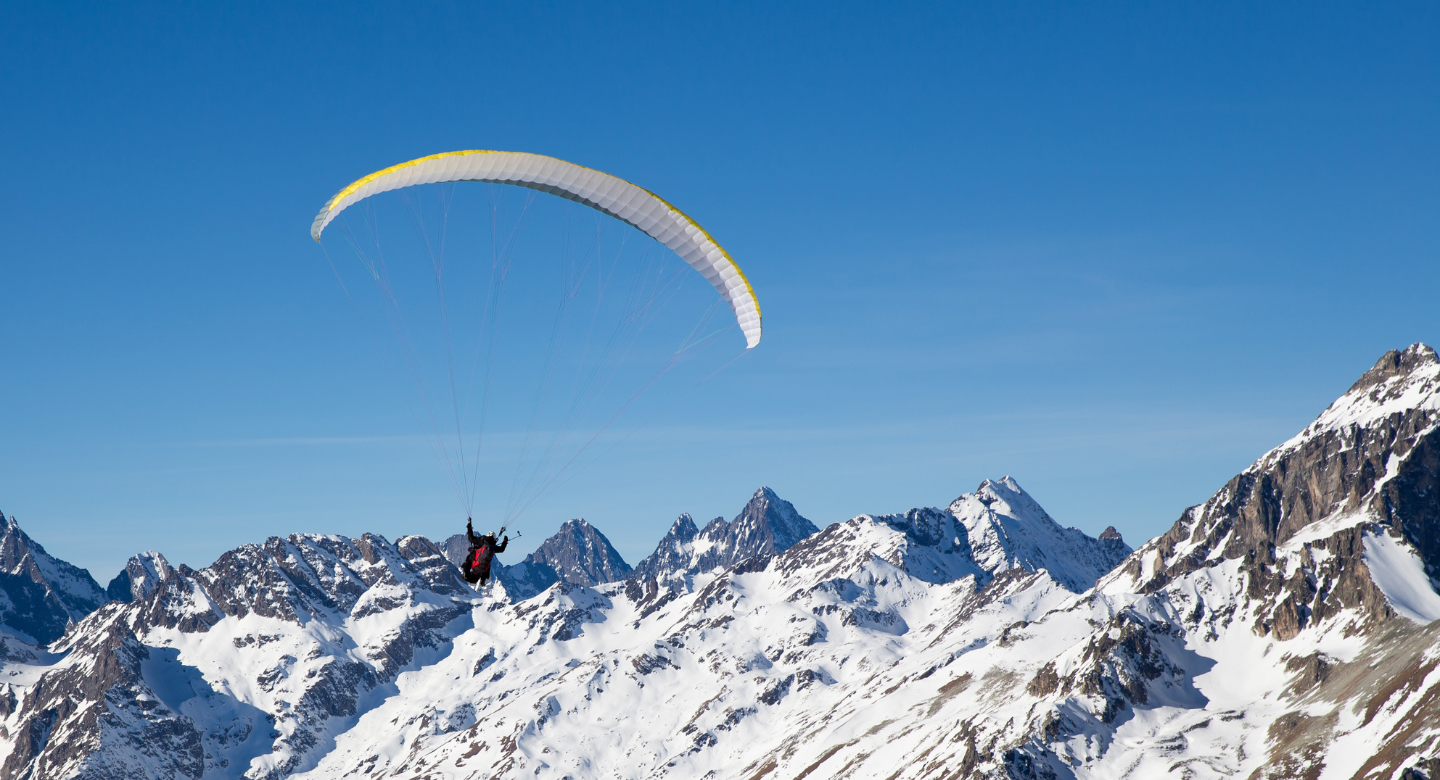
- Thinner atmosphere: Less air means fewer particles to absorb or scatter UV rays
- Snow reflection: Fresh snow reflects up to 80% of UV radiation, essentially doubling your exposure
- Clearer air: Less pollution allows more UV radiation to reach your skin
- Cooler temperatures: The pleasant mountain air can deceive you into staying in the sun longer
These factors combine to create a perfect storm for skin damage. Many visitors don’t realize they need to manage sunburn risks more aggressively in mountain environments than at lower elevations.
Recognizing the Signs of High-Altitude Sunburn
Sunburn at high altitudes often develops more quickly and severely than at sea level. Knowing the early warning signs can help you take action before serious damage occurs.

Early Symptoms
- Skin feels warm to the touch
- Mild redness appearing within hours of exposure
- Slight tenderness when touching affected areas
- Sensation of tightness in the skin
Advanced Symptoms
- Intense redness and pain
- Swelling and blistering
- Headache, fever, and chills
- Nausea and fatigue
The progression from mild to severe symptoms can happen remarkably fast at high elevations. Without proper protection, you may need to manage sunburn symptoms that develop in as little as 15-30 minutes of exposure on bright days.
Prevention Strategies for Mountain Environments
Protecting yourself from sunburn and UV exposure at high altitudes requires a more comprehensive approach than what works at lower elevations. Follow these enhanced protection strategies to stay safe.
Sunscreen Selection and Application
Selecting the right sunscreen makes all the difference in high-altitude environments:
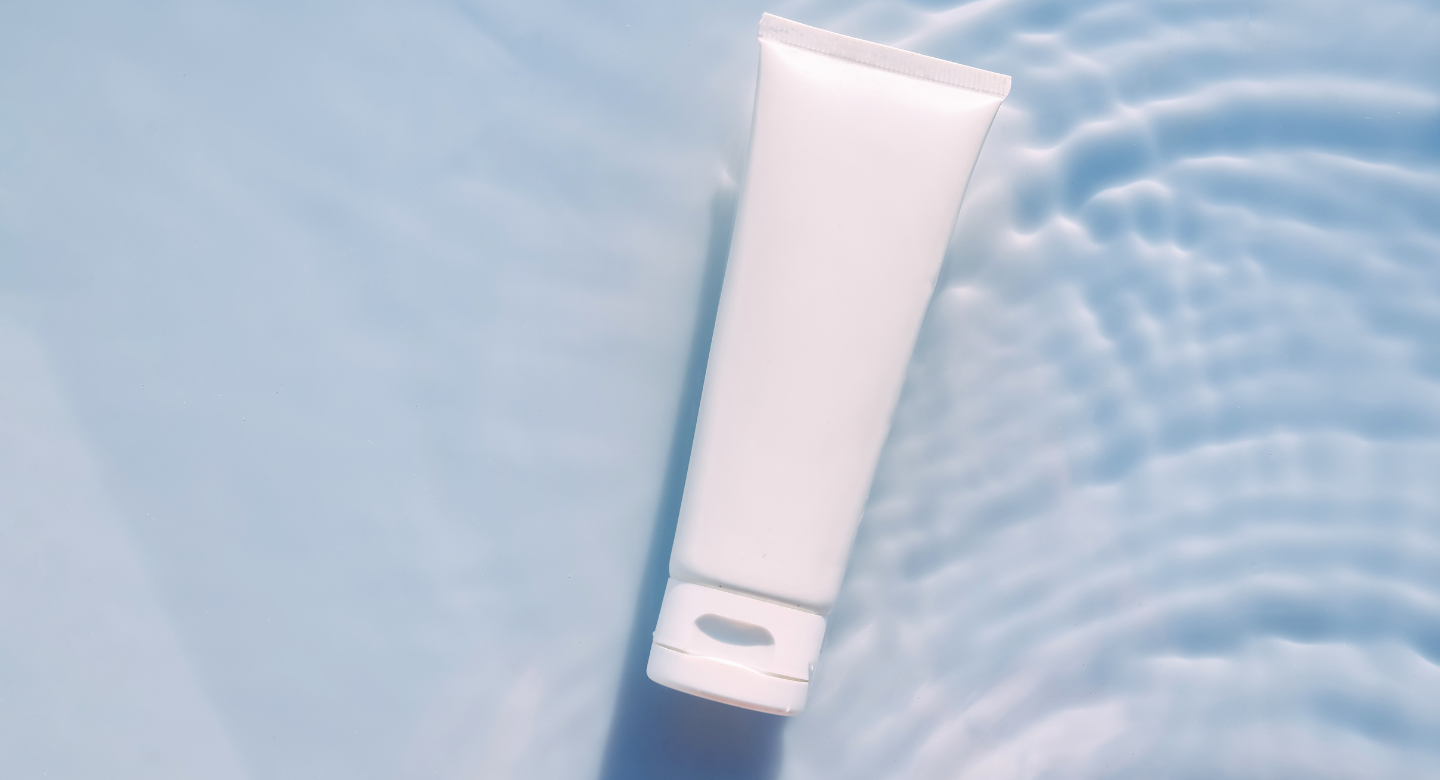
- Choose broad-spectrum protection with SPF 50+
- Look for water-resistant formulas that withstand sweating
- Apply sunscreen 30 minutes before sun exposure
- Use approximately one ounce (a shot glass full) for your entire body
- Reapply every two hours, or more frequently when sweating heavily
Many outdoor enthusiasts underestimate how much sunscreen they need. At high elevations, skimping on application can lead to patchy protection and painful burns. To effectively manage sunburn risk, be generous with your sunscreen application.
Protective Clothing and Accessories
Sunscreen alone isn’t enough at high altitudes. Comprehensive protection includes:
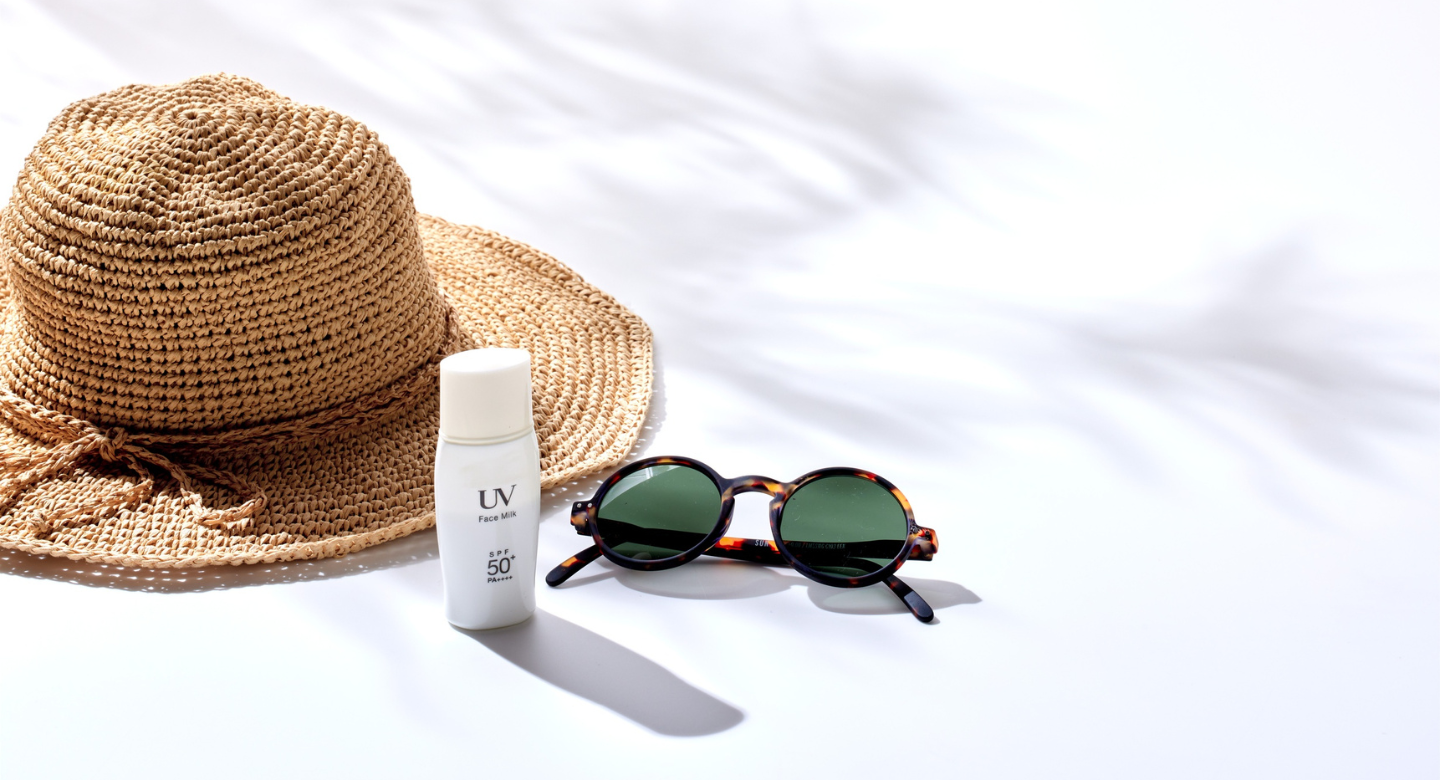
- UV-blocking sunglasses: Look for models that block 99-100% of UVA and UVB rays
- Wide-brimmed hats: Choose options with at least a 3-inch brim all around
- UPF-rated clothing: Specialized outdoor wear with Ultraviolet Protection Factor ratings
- Neck gaiters or buffs: Protect the vulnerable neck area from direct and reflected rays
- Lip balm with SPF: The lips burn easily and require specific protection
Many mountain athletes now wear full-coverage clothing even in warm weather. The latest technical fabrics offer both sun protection and cooling properties, making them ideal for managing both sunburn and UV exposure at high altitudes.
Timing Your Activities
Planning your day with sun exposure in mind can dramatically reduce your risk:
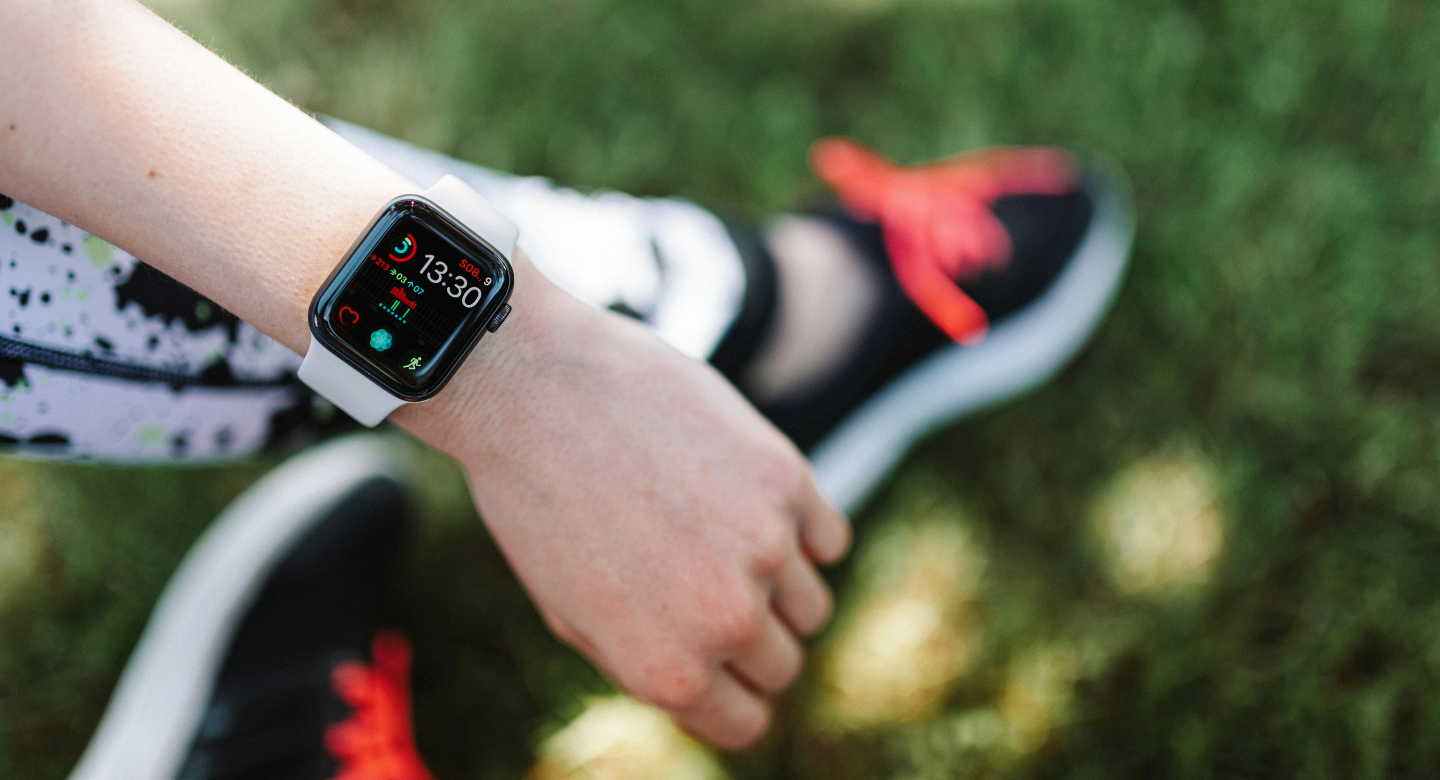
- Avoid peak UV hours (10 am to 2 pm when possible)
- Take advantage of early mornings and late afternoons
- Schedule rest breaks in shaded areas
- Plan routes that offer intermittent tree cover or shade
- Consider cloud cover unreliable protection (UV rays penetrate clouds)
Even on cloudy days, up to 80% of UV rays reach the earth’s surface. At high elevations, this percentage increases further, making timing a crucial factor in how you manage sunburn risk.
Immediate Response: First Aid for Sun Damage
Despite your best prevention efforts, you may still experience sunburn in high-altitude environments. Knowing how to provide first aid for sun damage can reduce pain and minimize long-term skin damage.
Cooling the Burn
As soon as you notice sunburn symptoms:

- Move to a shaded area immediately
- Apply cool (not cold) compresses to the affected area
- Take a cool shower or bath to draw heat from the skin
- Avoid soap, which can further dry and irritate burned skin
- Pat skin dry gently, leaving some moisture on the surface
The cooling process helps reduce inflammation and provides immediate relief. When providing first aid for sun damage, remember that cooling should be gentle. Ice or very cold water can shock the skin and potentially cause more damage.
Hydration and Moisturizing
Sunburn draws fluid to the skin’s surface and away from the rest of the body:
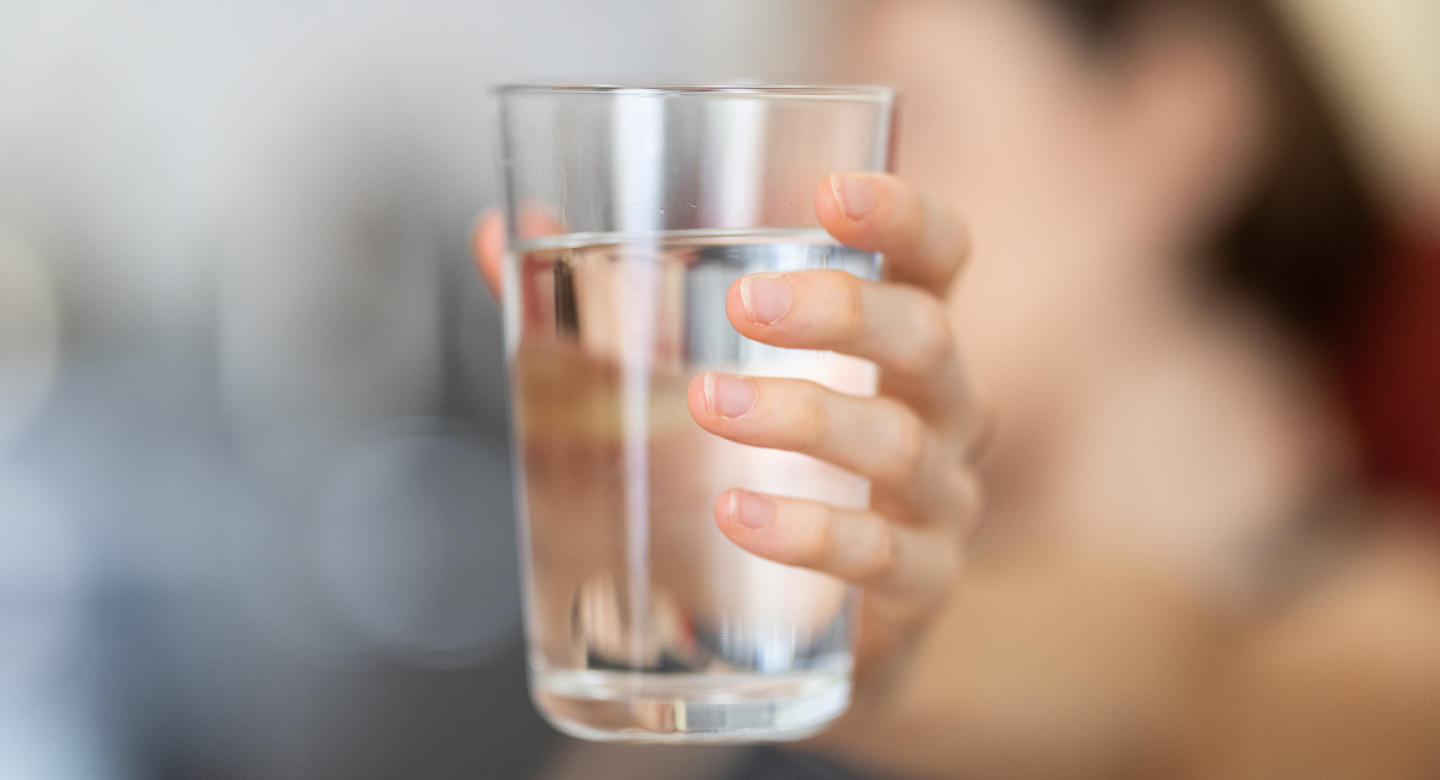
- Drink plenty of water to rehydrate from the inside out
- Apply alcohol-free, fragrance-free moisturizer to damp skin
- Look for products containing aloe vera or soy
- Reapply moisturizer frequently as burned skin dries quickly
- Consider oral hydration supplements that contain electrolytes
Proper hydration plays a dual role in recovery. It helps replenish lost fluids and supports your skin’s natural healing processes. This aspect of first aid for sun damage is particularly important at high altitudes, where the air is typically drier and dehydration happens more quickly.
Pain Management
For discomfort associated with sunburn:
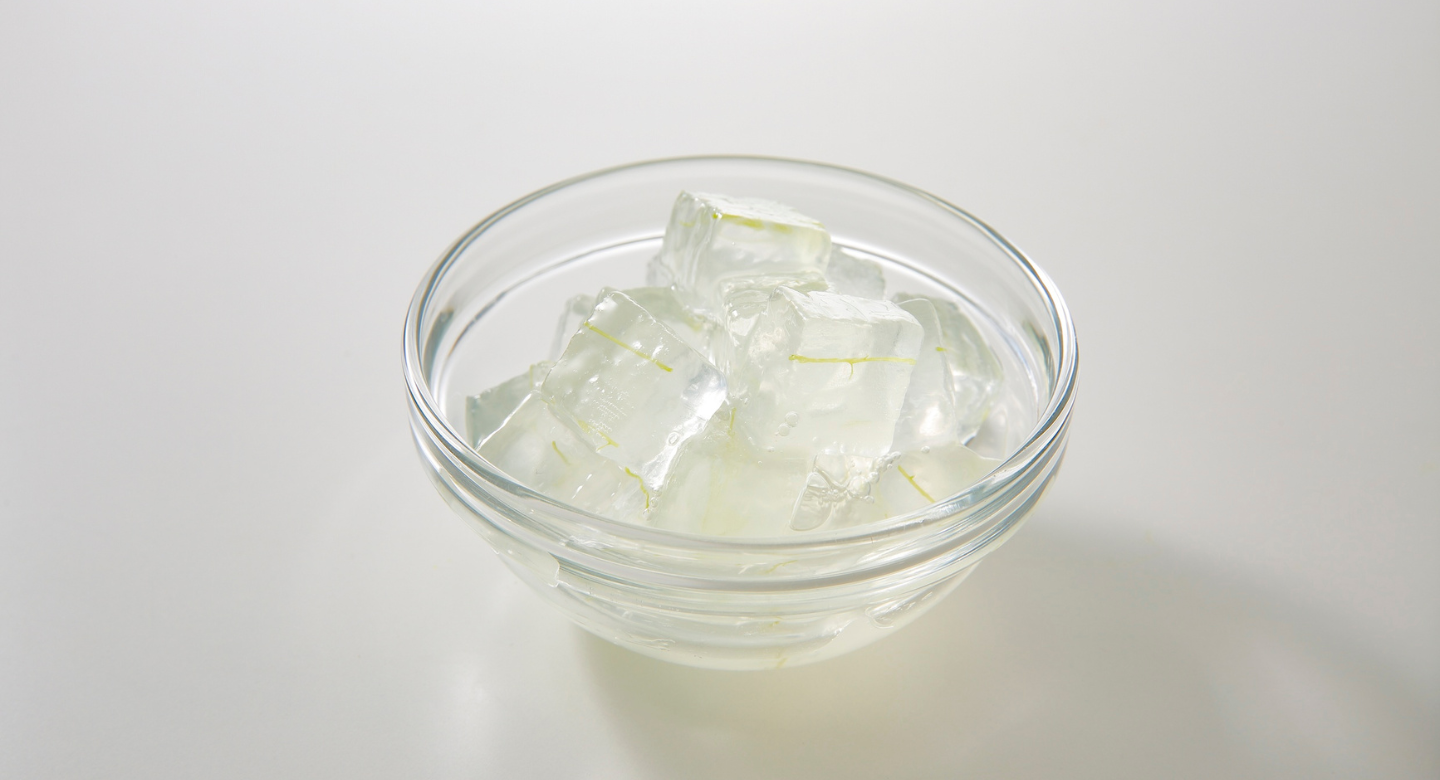
- Take over-the-counter anti-inflammatory medications like ibuprofen
- Use aloe vera gel stored in the refrigerator for cooling relief
- Apply over-the-counter hydrocortisone cream to reduce inflammation
- Consider specialized after-sun products with lidocaine for pain relief
- Avoid products containing benzocaine, which can cause allergic reactions
Pain management is a key component of how you manage sunburn recovery. Start these measures as soon as possible after noticing sunburn for maximum effectiveness.
Special Considerations for Different Mountain Activities
Different high-altitude activities present unique challenges for sun protection. Understanding these specific scenarios helps you tailor your approach to prevent sunburn and UV exposure at high altitudes.
Skiing and Snowboarding
Winter sports create a triple threat of direct sun exposure, reflection from snow, and wind exposure:
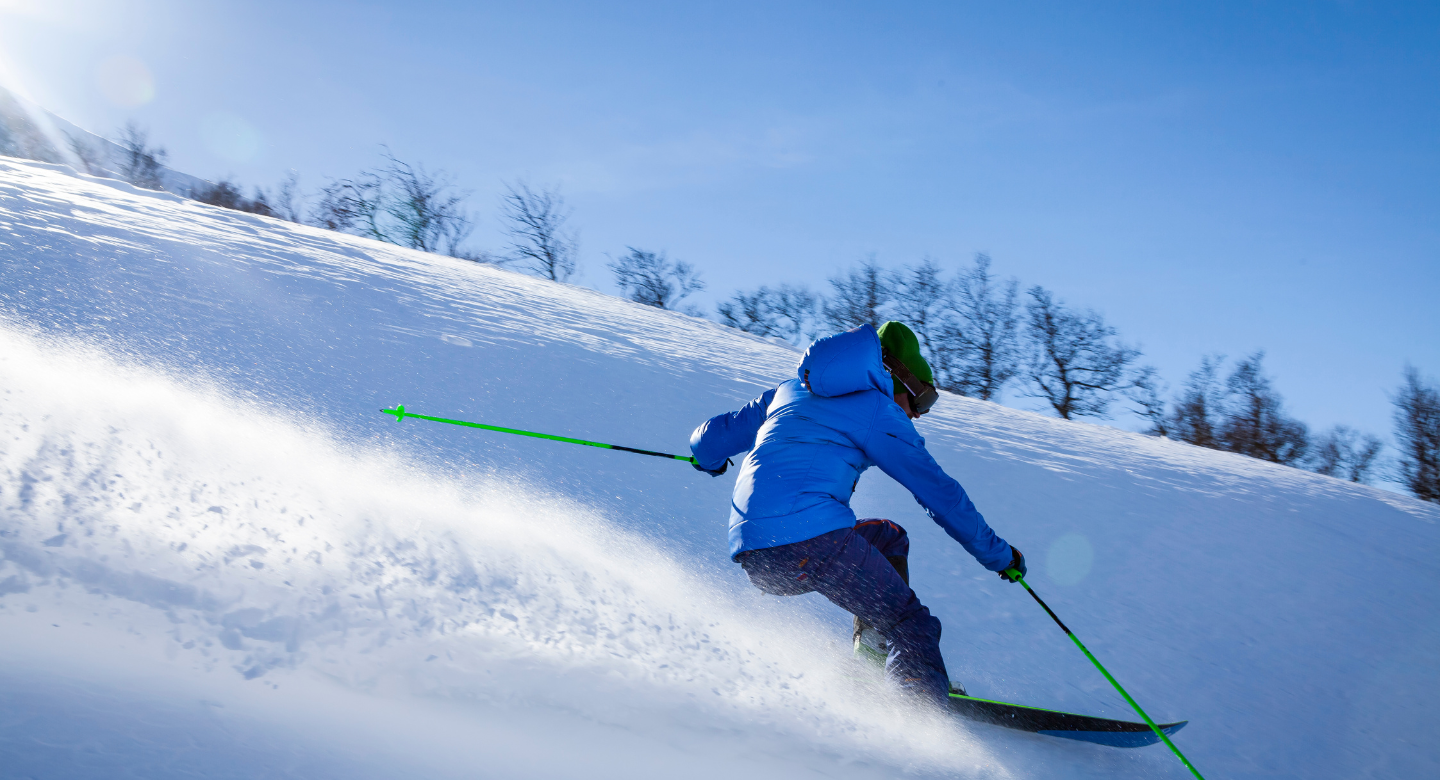
- Apply sunscreen to all exposed skin, including under the chin
- Use ski masks with adequate coverage for the face
- Reapply sunscreen during lunch breaks and rest periods
- Remember that UV rays penetrate light cloud cover
- Consider using stick sunscreen formulations that won’t freeze
Many winter sports enthusiasts forget that the cold temperatures don’t reduce UV intensity. In fact, the combination of high altitude and snow reflection makes winter sunburn and UV exposure at high altitudes particularly dangerous.
Hiking and Mountaineering
These activities often involve prolonged exposure with variable shade conditions:
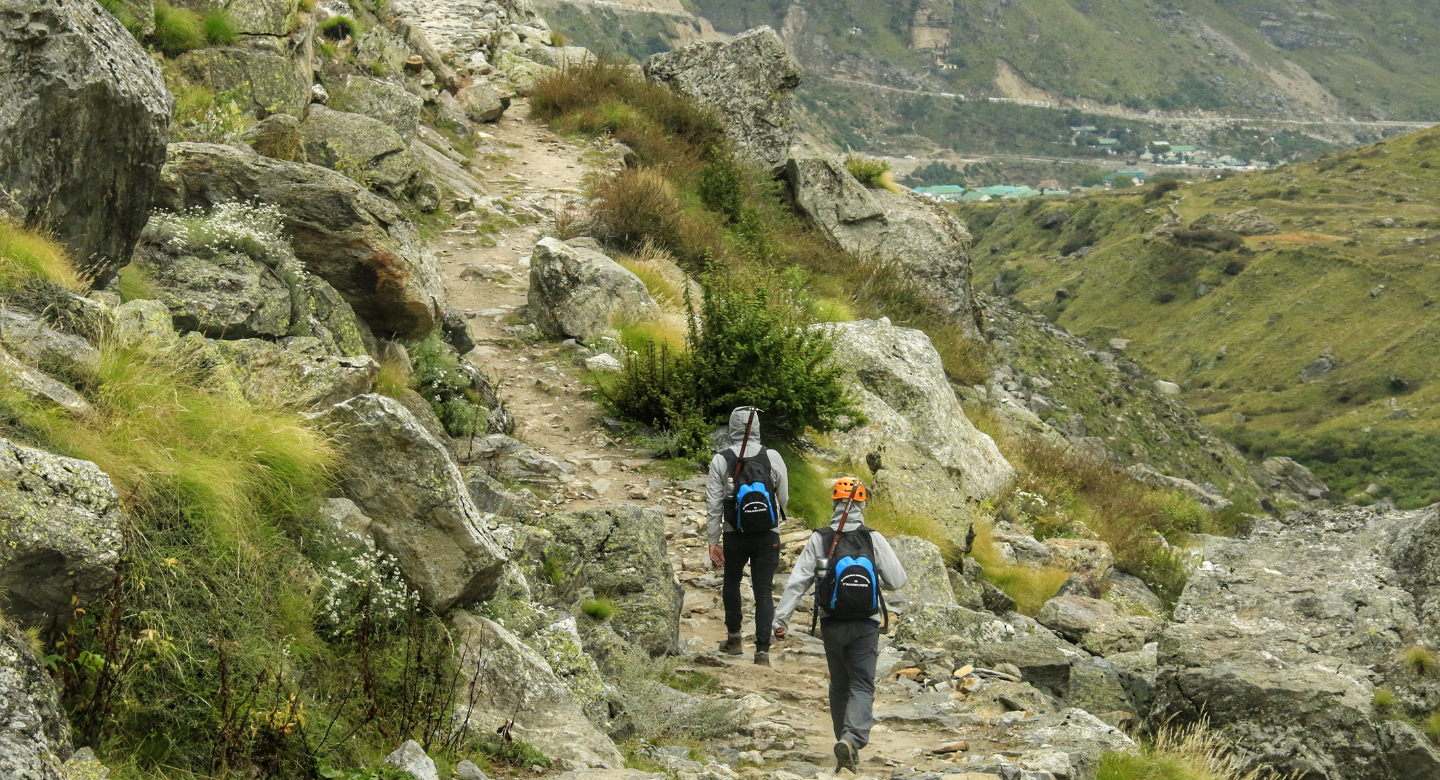
- Plan routes with shade opportunities during peak UV hours
- Carry sufficient sunscreen for multiple applications
- Use neck gaiters that can be pulled up for additional face protection
- Consider sun protection as important as water in your pack weight calculations
- Pack first-aid supplies for sun damage on longer treks.
The physical exertion of hiking and climbing leads to sweating, which can wash away sunscreen more quickly. Your strategy to manage sunburn risks should include more frequent reapplication than you might use during stationary activities.
High-Altitude Climbing
Expeditions to extreme altitudes (above 14,000 feet) require exceptional vigilance:
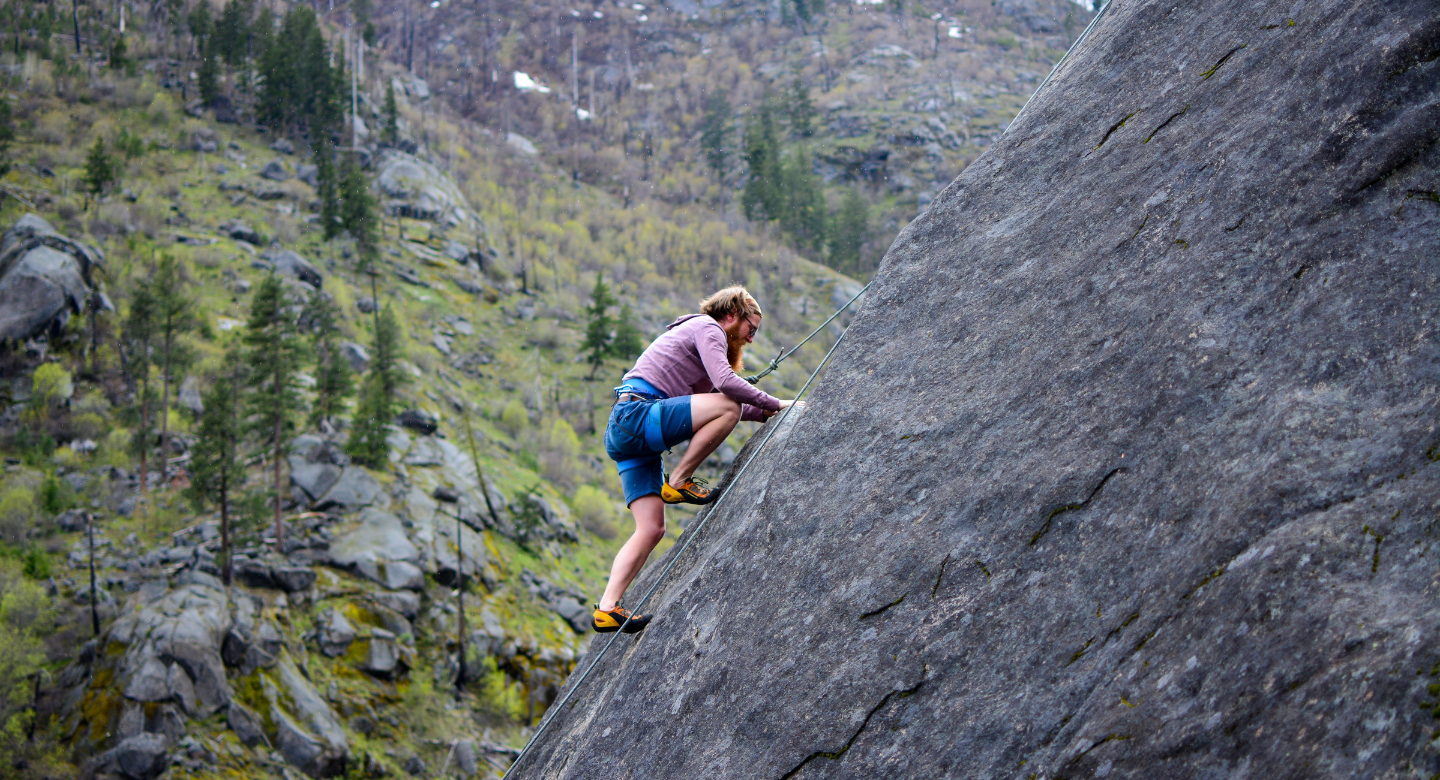
- Use the highest SPF available (50+ minimum)
- Protect every inch of skin, including inside nostrils
- Apply zinc oxide or titanium dioxide products for superior protection
- Remember that glaciers and snow fields amplify UV exposure dramatically
- Include substantial first aid for sun damage supplies in expedition medical kits
At extreme altitudes, the atmosphere filters even less UV radiation. Combined with the reflection from snow and ice, this creates one of the most intense UV environments on earth. Many experienced mountaineers consider sun protection as critical as oxygen management at these elevations.
Vulnerable Populations and Special Considerations
Certain groups face heightened risks from sunburn and UV exposure at high altitudes and should take extra precautions.
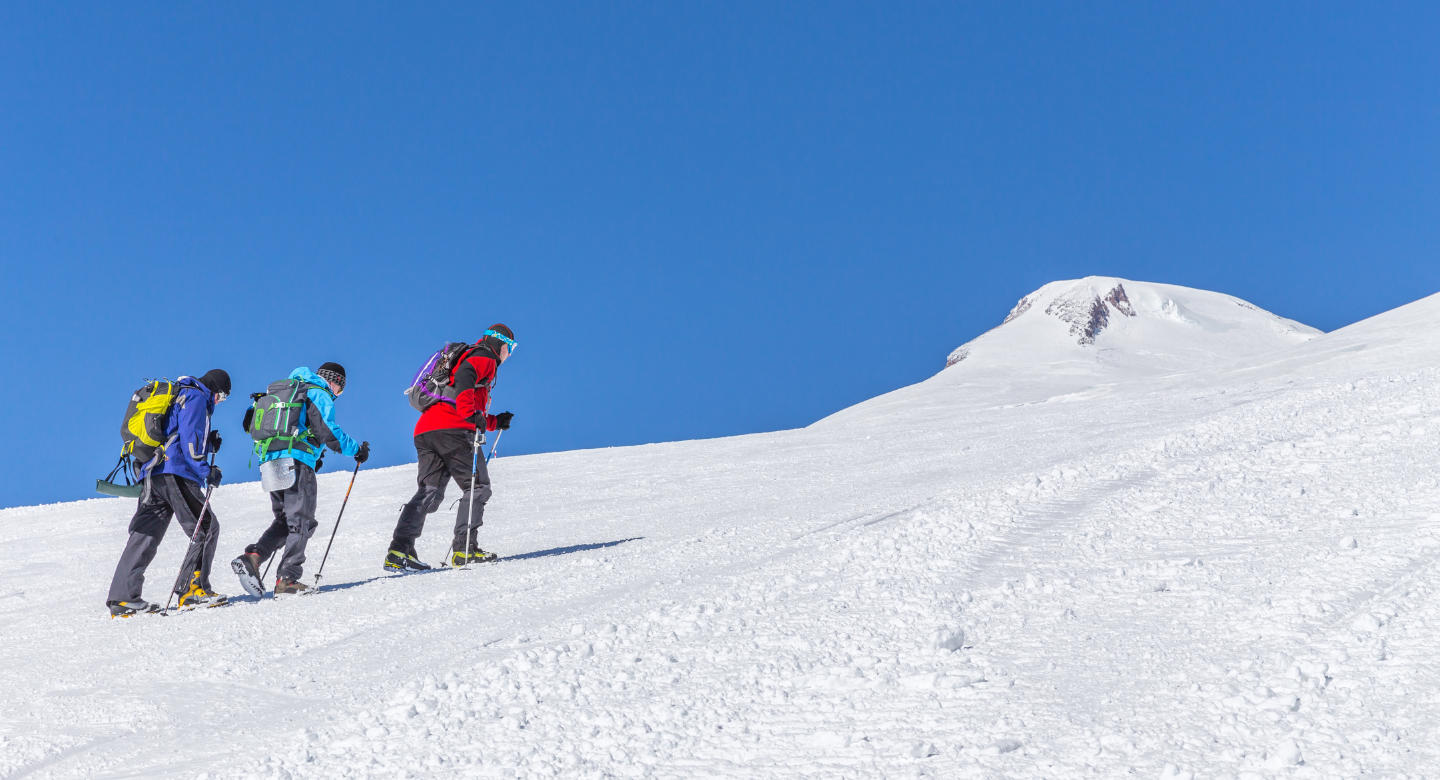
Children at High Elevations
Children’s skin is particularly vulnerable to UV damage:
- Apply sunscreen more frequently (every 1-2 hours)
- Use protective clothing as the primary defense
- Schedule activities to minimize exposure during peak hours
- Be vigilant about reapplication after swimming or sweating
- Teach children about sun safety from an early age
Children have thinner skin and less melanin than adults, making them more susceptible to burns. The damage accumulated during childhood substantially increases lifetime skin cancer risk, making proper protection and knowledge of how to manage sunburn essential.
People with Fair Skin
Those with naturally fair complexions need enhanced protection:
- Use the highest SPF sunscreen available
- Consider physical barriers like UPF clothing as primary protection
- Limit direct exposure times even with protection in place
- Recognize personal burn thresholds may be very short
- Have comprehensive first aid for sun damage supplies readily available
People with fair skin may experience sunburn in as little as 5-10 minutes of unprotected exposure at high altitudes. Their strategy for managing sunburn and UV exposure at high altitudes should be particularly aggressive.
Individuals Taking Photosensitizing Medications
Certain medications increase sun sensitivity dramatically:
- Antibiotics (especially tetracyclines and fluoroquinolones)
- Antihistamines
- Retinoids
- Some anti-inflammatory drugs
- Certain diabetes medications
People taking these medications should consult with their healthcare provider before high-altitude travel. They may need special guidance on how to manage sunburn risks given their increased susceptibility.
Long-Term Consequences of High-Altitude Sun Exposure
Understanding the potential long-term effects of repeated exposure can motivate better protection practices against sunburn and UV exposure at high altitudes.
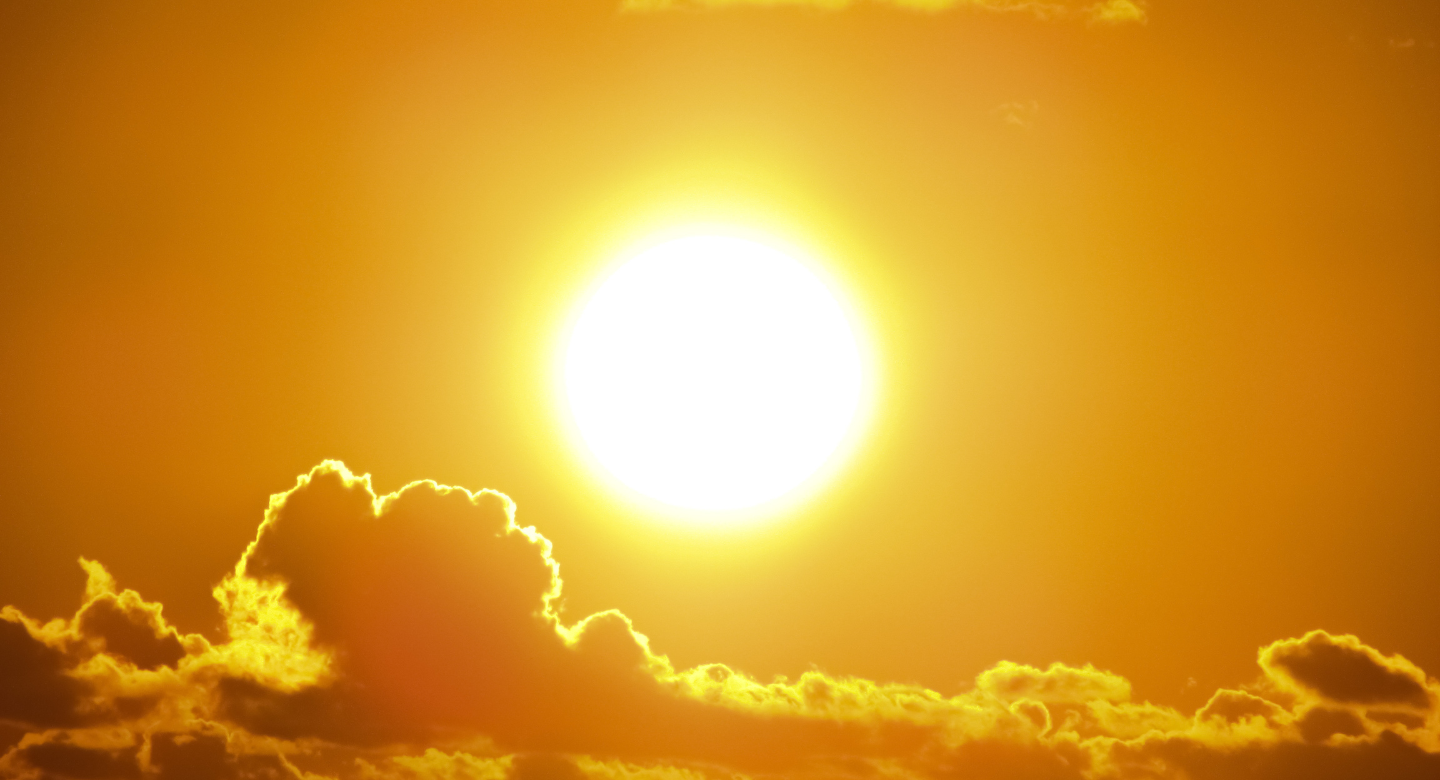
Accelerated Skin Aging
Chronic sun exposure leads to premature aging through:
- Development of fine lines and wrinkles
- Leathery skin texture
- Uneven pigmentation and sun spots
- Breakdown of collagen and elastin
- Reduced skin elasticity
These changes occur more rapidly with the intense exposure experienced at high altitudes. Proper protection and knowing how to manage sunburn incidents can significantly slow this process.
Skin Cancer Risk
High-altitude exposure significantly increases skin cancer risk:
- Basal cell carcinoma
- Squamous cell carcinoma
- Melanoma (the most dangerous form)
Research indicates that regular high-altitude recreation without adequate protection increases melanoma risk by 30-40%. This statistic underscores the importance of both prevention and proper first aid for sun damage to minimize long-term risk.
Eye Damage
UV exposure affects more than just skin:
- Cataracts develop earlier with chronic UV exposure
- Photokeratitis (essentially sunburn of the cornea) causes temporary vision impairment
- Macular degeneration risk increases
- Eyelid skin cancers become more common
Quality UV-blocking sunglasses are not merely a comfort item but essential protection against these conditions. They form a crucial part of your strategy against sunburn and UV exposure at high altitudes.
Creating a Comprehensive Sun Protection Plan
Developing a systematic approach to high-altitude sun protection helps ensure you don’t miss critical aspects of safety.
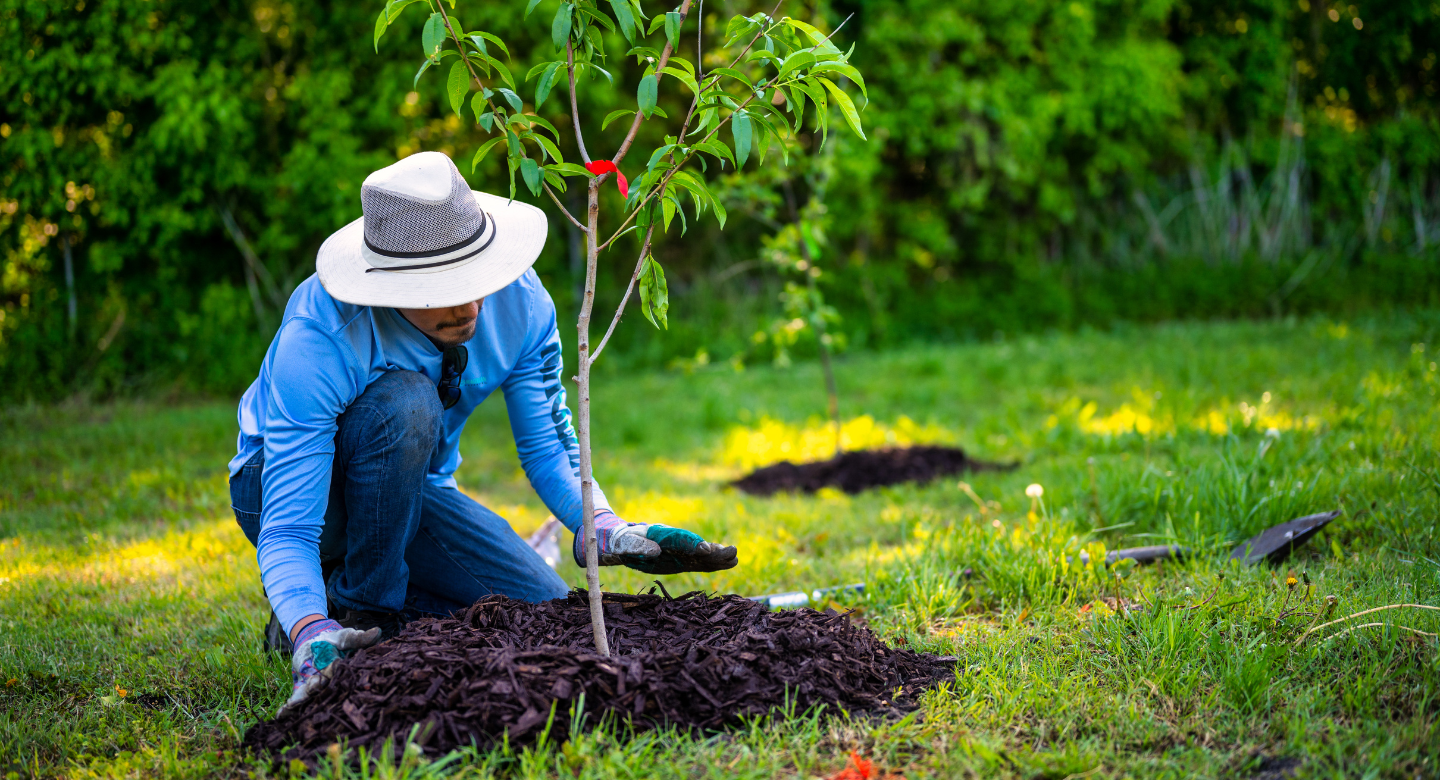
Before Your Trip
Preparation begins well before you reach high elevations:
- Purchase appropriate protective clothing and accessories
- Select and test sunscreen options to find what works for your skin
- Pack adequate quantities of sun protection supplies
- Research your destination’s UV index and exposure patterns
- Assemble a first aid for sun damage kit
Advance planning allows you to address sunburn and UV exposure at high altitudes more effectively than trying to find solutions once you’ve already reached your destination.
Daily Protection Routine
Establish a consistent daily routine at high altitudes:
- Apply sunscreen 30 minutes before initial exposure
- Set timer reminders for reapplication
- Check UV index forecasts each morning
- Plan activities around peak exposure times
- Perform skin checks throughout the day for early signs of burning
This systematic approach helps you actively manage sunburn risk rather than reacting to damage after it occurs.
Emergency Response Plan
Know what to do if prevention fails:
- Recognize when to seek medical attention for severe burns
- Identify local medical resources before your trip
- Understand when to curtail activities due to sun damage
- Know how to adapt your ongoing protection strategy after a burn
- Have backup protection options if primary methods fail
A response plan ensures you can provide appropriate first aid for sun damage promptly and effectively, minimizing both short-term discomfort and long-term damage.
Recent Research and Advancements
Scientific understanding of sunburn and UV exposure at high altitudes continues to evolve. Staying informed about the latest findings helps you optimize your protection strategy.

New Sunscreen Technologies
Recent advances in sun protection include:
- Microencapsulation technology that improves UV filter stability
- Plant-derived sun protection compounds with antioxidant properties
- Formulations specific to high-altitude conditions
- Longer-lasting water resistance
- Sunscreen pills and supplements (note: these should supplement, not replace topical protection)
These innovations offer new tools to manage sunburn risk, though traditional protective measures remain equally important.
Understanding UV Exposure Patterns
Research has refined our understanding of exposure patterns:
- UV intensity can vary significantly based on geographical location at the same altitude
- Ozone depletion affects UV intensity differently across regions
- UV exposure increases more dramatically with altitude in certain seasons
- Morning and afternoon UV profiles differ more at high elevations than at sea level
This knowledge allows for more nuanced planning to avoid sunburn and UV exposure at high altitudes based on specific locations and conditions.
Advances in Sun Damage Treatment
New approaches to providing first aid for sun damage include:
- DNA repair enzymes in after-sun products
- Targeted anti-inflammatory compounds
- Specialized moisturizers that enhance barrier repair
- Better understanding of the timing of interventions
- Nutritional approaches that support skin recovery
These advancements help minimize the lasting damage from sun exposure incidents, though prevention remains far more effective than treatment.
Resources for Mountain Travelers
Numerous resources can help you prepare for and respond to sunburn and UV exposure at high altitudes.
Mobile Applications
Several apps provide valuable UV information:
- UV Index forecasting apps specific to mountain regions
- Sunscreen reminder applications
- Altitude-specific UV calculators
- Skin monitoring apps for tracking changes
- First aid guidance for sun damage
These technological tools help you manage sunburn risk by providing real-time information and reminders.
Educational Materials
Many outdoor organizations offer specialized knowledge:
- Skin Cancer Foundation high-altitude recommendations
- National Park Service visitor education materials
- International Mountain Medicine Society resources
- Wilderness Medical Society practice guidelines
These resources typically include detailed information about sunburn and UV exposure at high altitudes specific to various activities and environments.
Professional Support
Consider consulting these professionals before high-altitude travel:
- Dermatologists for personalized sun protection strategies
- Sports medicine specialists familiar with mountain environments
- Travel medicine providers for comprehensive pre-trip preparation
- Wilderness first aid instructors for first aid for sun damage training
- Mountain guides with specific regional knowledge
Professional guidance can be particularly valuable for individuals with underlying skin conditions or those planning extended high-altitude stays.
Conclusion: Balancing Sun Safety and Outdoor Enjoyment
Protecting yourself from sunburn and UV exposure at high altitudes doesn’t mean you have to miss out on enjoying mountain environments. With proper knowledge and preparation, you can safely experience all the beauty and adventure these special places offer.
Remember that strategies to manage sunburn risk should become second nature, much like checking your equipment or carrying adequate water. Consistent application of sun protection principles significantly reduces your risk of both short-term discomfort and long-term health consequences.
The mountains present unique challenges but also unique rewards. By understanding the specific risks of high-altitude environments and knowing how to provide first aid for sun damage when needed, you position yourself for safe and enjoyable experiences in some of the world’s most spectacular settings.
Take the time to develop your personal sun protection system, and you’ll be rewarded with healthier skin and a lifetime of mountain memories unburdened by the pain and damage of severe sunburn.
Read More Such Blogs:
Common Trekking Injuries and How to Prevent Them
Blisters and Foot Care: How to Keep Your Feet Happy on a Trek
How to Deal with Muscle Cramps and Fatigue While Trekking
Frequently Asked Questions (FAQs) About Sunburn and UV Exposure at High Altitudes
Why does sunburn happen more quickly at high altitudes?
At high altitudes, the atmosphere is thinner and filters less UV radiation. For every 1,000 feet of elevation gain, UV exposure increases by approximately 4-5%, meaning you can burn much faster than at sea level.
Do I need sunscreen on cloudy days in the mountains?
Absolutely. Up to 80% of UV rays can penetrate cloud cover, and this percentage is even higher at elevated altitudes. Combined with reflection from snow or light surfaces, cloudy days can still cause significant sun damage.
How often should I reapply sunscreen at high altitudes?
Reapply sunscreen every two hours as a baseline, but increase frequency to every 60-90 minutes during intense activity with sweating, after swimming, or during extremely high UV index days.
What SPF is recommended for high-altitude activities?
At high altitudes, use a minimum SPF 50+ broad-spectrum sunscreen. Remember that higher SPF ratings offer marginally better protection but don’t increase the duration of effectiveness.
Can I get sunburned through clothing at high altitudes?
Regular clothing typically provides only SPF 5-7 protection. At high altitudes, this is insufficient. Choose specially designed UPF-rated clothing (UPF 30+) for adequate protection, particularly for extended exposure.
What should I do if I get sunburned during a multi-day mountain trip?
Immediately seek shade, apply cool compresses, increase hydration, take anti-inflammatory medication if appropriate, and apply aloe vera or moisturizer. Cover the burned area for subsequent days and be extra vigilant about protection.
Are children at greater risk for sun damage at high altitudes?
Yes, children’s skin is thinner and contains less melanin than adult skin. They burn more easily and suffer more significant long-term damage from UV exposure. Take extra precautions with children at altitude.
Does snow really make sunburn worse in mountain environments?
Fresh snow reflects up to 80% of UV radiation, nearly doubling your exposure. This “double dose” effect means you can burn from both direct sunlight and reflected rays, including under your chin and nose.
Can certain medications increase my risk of sunburn at high altitudes?
Yes, many common medications increase photosensitivity, including antibiotics, antihistamines, retinoids, and some heart and diabetes medications. Consult your healthcare provider before high-altitude travel if you take these medications.
Is it possible to develop sun damage to my eyes at high altitudes?
Absolutely. High-altitude UV exposure can cause photokeratitis (essentially sunburn of the cornea), accelerate cataract development, and contribute to macular degeneration. Always wear high-quality sunglasses that block 99-100% of UVA and UVB rays.

